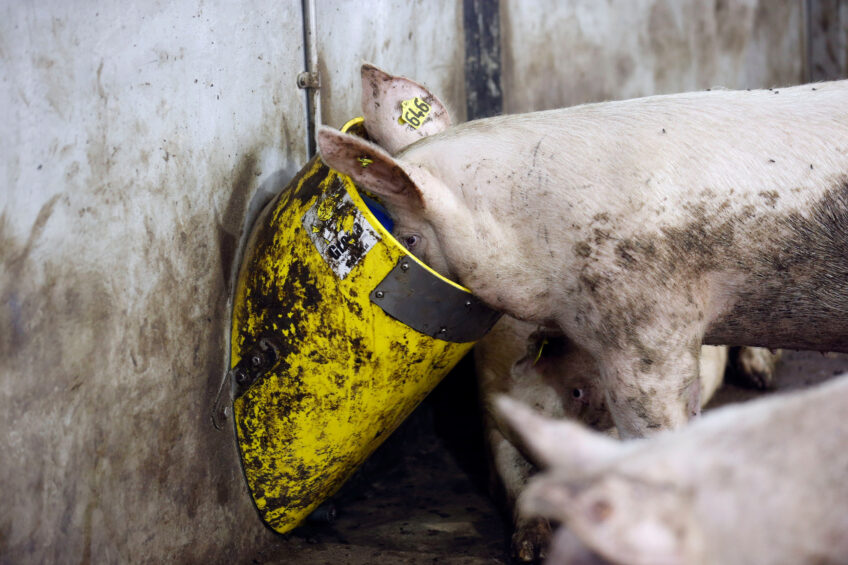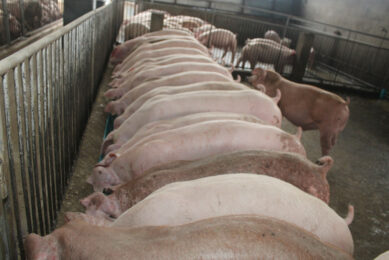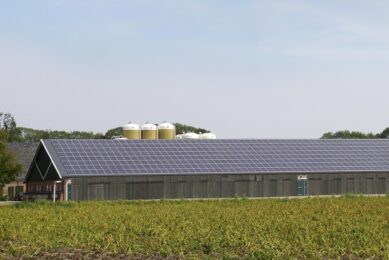Reducing nitrogen emissions in pigs

In certain parts of Europe, nitrogen emissions are a topic of debate. It is a fact, however, that livestock do excrete nitrogen. Are there possibilities to reduce the levels of nitrogen emissions, so that the impact of livestock on biodiversity can be minimised? Pig nutrition expert Dr Francesc Molist of Schothorst Feed Research in the Netherlands has various ideas.
Nitrogen is part of an amino acid and can therefore be found in every animal product. Feeding nitrogen in the form of protein/amino acids is therefore necessary, with excretion being unavoidable. However, excessive emission of ammonia from livestock farming threatens the biodiversity of nature reserves. Within the framework of European regulations, the emission of ammonia is regulated.
Impact of nitrogen on the environment
Nitrogen (or protein) can be excreted via the faeces as well as the urine.l The impact on the environment is different.
- Nitrogen excreted via faeces is non-digested protein from the feed, plus a portion of microbial protein. Faecal protein is released slowly and plays a limited role in the current nitrogen problem, which has been emerging in various countries in North Western Europe in recent years.
- Nitrogen excreted with the urine comes from amino acids used as energy source. The amino acids are digested but not used for maintenance, growth or milk production and excreted in the form of urea. Urea is converted into ammonia (NH3) by urease and can therefore volatilise through the air.
Due to microbial fermentation, in the faeces there is a high urease activity. Therefore NH3 is formed as soon as urine comes into contact with faeces, which is the case in slurry, or already on the pen floor. By separating the liquid and solid fraction, NH3 emission can be reduced, but in practice this is difficult.
As first step to try to limit the nitrogen emissions in swine the following strategies can be followed:
Reduction in protein content in the diet
In general, a reduction of 1% (absolute) crude protein (CP) in the feed results in 10% less ammonium (NH4OH) in the slurry. This leads to 12.5% less NH3-emissions.
The quality of animal proteins is generally better than of vegetable proteins
Improving protein quality in the feed
The quality of protein is determined by how well the protein can be digested and utilised. The digestibility of the feed stuff, the proportion of actual protein and the amino acid profile play an important role. In general, animal proteins have better digestibility than vegetable protein, due to difficult-to-degrade cell walls. The amino acid profile of animal protein better fits the required amino acid profile of the animal. As a result, the quality of animal proteins is generally better than of vegetable proteins.
Decrease pH of the slurry
Acidification of the slurry ensures that the NH3 evaporates less quickly; lowering the pH from 7 to 6 means 10% less emission. All feed measures that have a lowering effect on the pH of the urine or faeces can therefore contribute to a reduction in nitrogen emission.











